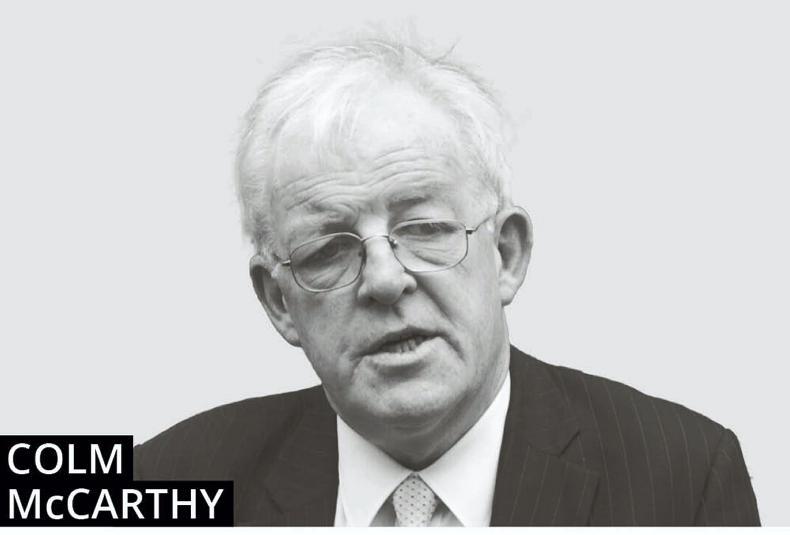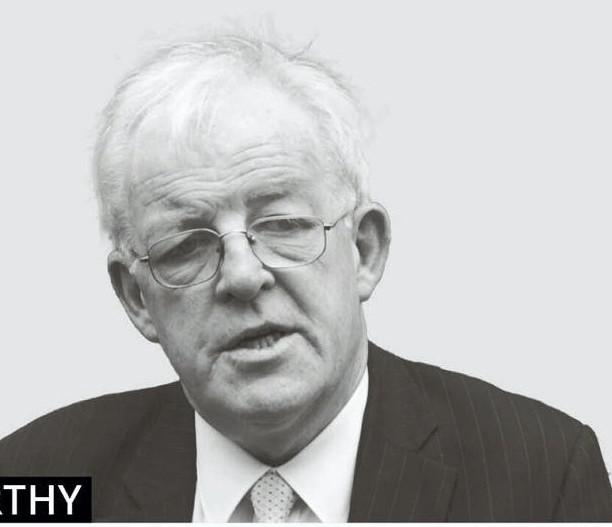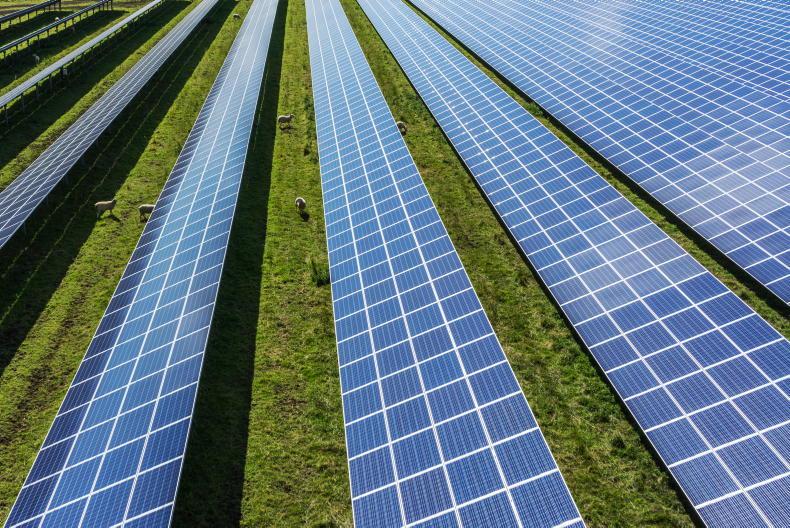Ireland’s popularity as a location for new data centres grows apace. A recent report estimates that projects already under way will see €1bn of further investment here and Ireland is attracting a disproportionate share of data centre projects in Europe.
These units are essentially IT capacity for hire and play host to the data storage and processing needs of remote clients in Ireland but mainly abroad.
Data centres are not, unfortunately, a normal industry
About 12% of the investment pipeline for all of Europe is expected to choose a Republic of Ireland location, nearly 10 times Ireland’s share in Europe’s economic activity, which is around 1.3%. In any normal industry, say a sector of manufacturing, the rush to build would be good news for jobs and proof of Ireland’s attractiveness to inward capital flows.
Data centres are not, unfortunately, a normal industry.
The quantities involved are enormous
Costing up to €200m apiece, they employ no more than 40 or 50 people each and the capital equipment is shipped in. What they consume domestically is mainly electricity, for which they have a voracious appetite. Facilitating data centres, whose services are mainly exported, amounts to producing electricity for export at one remove. The quantities involved are enormous.
Within seven years, the national grid operator, Eirgrid, estimates that 30% of all electricity produced in Ireland will be bought by data centres.
Fossil fuel plants
Since several older fossil fuel plants are closing and since there will be extra demand for power for electrifying the car fleet and some of the space heating load, generation capacity is getting scarce. It will be a struggle to keep up with demand, especially since the Government wants to decarbonise electricity generation and will favour wind and solar power.
Data centres need round-the-clock power for temperature control and black-outs are a no-no
Wind and solar are weather-dependent and therefore interruptible. There have recently been a few days when the windfarms produced little power and the system almost ran short of capacity. This will become a greater risk in future as the share of interruptible power rises.
Data centres need round-the-clock power for temperature control and black-outs are a no-no. Curiously, some of the publicity for new projects advertises their reliance on deals with windfarms, creating the impression that they can somehow be classed as carbon-free. This is not so and they are open to accusations of greenwashing. They are all provided with backup power from the grid and many have their own standby gas-fired units.
It is a bit of a puzzle why Ireland is so popular
For temperature reasons, southern Europe is not a preferred location for data centres. But cooler countries are numerous – the United Kingdom, the Benelux countries, Scandinavia and most of eastern Europe provide just as good a venue as Ireland. It is a bit of a puzzle why Ireland is so popular and, since electricity is the key raw material, the price and terms of supply are critical. But electricity in Ireland is not particularly cheap, certainly not for household users. For industry, the picture has traditionally been more attractive.
New customer
When a new customer seeks supply from a power company there may be considerable cost in delivering, especially if the customer is remote from the grid or has chosen a location where there is limited local capacity.
Local connection charges can be steep if the customer must shoulder them 100% and could be prohibitive if the preferred location is away from the available network.
In some countries, a new customer in an overcrowded area, where extra load would need power to be imported long-distance, will be quoted the full whack
In Ireland, new industrial customers have traditionally been offered a better deal, for example a requirement to pay no more than 50% of connection cost. In some countries, a new customer in an overcrowded area, where extra load would need power to be imported long-distance, will be quoted the full whack, not just for local connection but for the “deep” connection cost their presence imposes on the total system.
The favourable terms traditionally offered in Ireland were designed to encourage inward investment and job creation.
The costs the companies were spared must show up somewhere and they were (and are) effectively parcelled out in the general price to all other users.
Aside from the extra wind and solar farms, there will need to be gas plants for backup and an extensive new grid, as well as interconnectors
It is a fair question whether this well-intentioned policy should ever have been offered to the different business proposition represented by the data centre companies.
There will be a large capital cost for Ireland in meeting the demanding targets for carbon reduction contained in the programme for government. Aside from the extra wind and solar farms, there will need to be gas plants for backup and an extensive new grid, as well as interconnectors.
All the costs of electricity in Ireland are recovered from customers and if any category of customer is getting a nice deal, some other customer group is picking up the tab.
Since the enthusiasm of data centre operators for Irish locations is difficult to explain without reference to favourable connection terms, it follows that somebody else is shouldering the costs they have been excused. It could be you.










SHARING OPTIONS